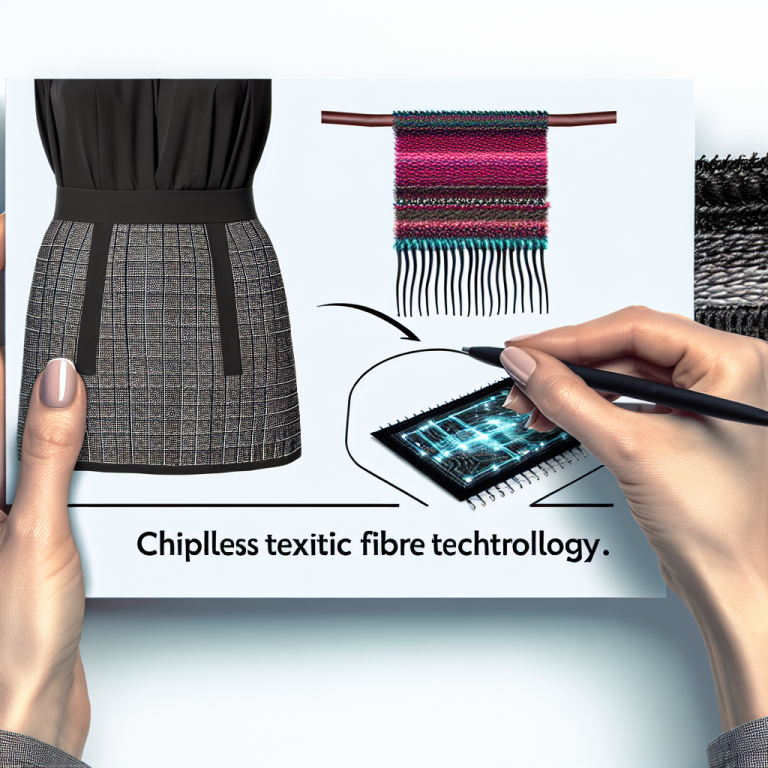A groundbreaking discovery in the field of textile electronics has been made by a team of researchers led by Yang et al. The development of a single body-coupled fiber that enables chipless textile electronics has opened the doors to a new era of wearable technology.
Traditional methods of incorporating electronic components into fabrics have been met with several challenges, primarily due to the need for rigid batteries and chips. However, the soft, thin fiber developed by Yang et al. has revolutionized the way we think about integrating technology into textiles. This fiber is capable of wireless transfer and sensory processing, as well as providing various forms of feedback.
One of the most impressive features of these fibers is their ability to light up in response to touch. This is made possible by utilizing the human body as part of a circuit that harvests ambient electromagnetic energy. Not only are these fibers easy to fabricate and soft to the touch, but they can also be made into fabrics of various sizes, making them incredibly versatile.
Yang et al. have demonstrated the potential for wireless digital interactions with their innovative fiber technology. By showcasing a number of simple examples, the authors have shown how intelligent textiles can provide a seamless integration of technology into our daily routines.
The current landscape of textile electronic systems is dominated by rigid silicon components, which can limit energy efficiency, comfort, and overall flexibility. Chipless electronic systems, in particular, face challenges related to dynamic energy-switching carriers and digital logic implementation.
In response to these challenges, Yang et al. have proposed a chipless body-coupled energy interaction mechanism for ambient electromagnetic energy harvesting and wireless signal transmission through a single fiber. By eliminating the need for extra chips or batteries on textiles, this fiber enables wireless visual digital interactions in a seamless and efficient manner.
The integration of all electronic assemblies into a miniature fiber not only simplifies the fabrication process but also ensures compatibility with modern weaving techniques. This scalability and versatility make the chipless body-coupled fiber an ideal candidate for the development of intelligent clothing that can enhance our daily lives in new and innovative ways.
In conclusion, the groundbreaking work by Yang et al. represents a major breakthrough in the field of textile electronics. By developing a single body-coupled fiber that enables chipless textile electronics, the researchers have paved the way for a more seamless integration of technology into our clothing. With the potential for wireless digital interactions and ambient energy harvesting, the future of intelligent textiles looks brighter than ever before.
As we continue to explore the possibilities of this innovative technology, the potential for enhancing our daily lives through smart and interactive clothing becomes increasingly apparent. The future of wearable technology is indeed looking brighter with each new development in the field of textile electronics.




